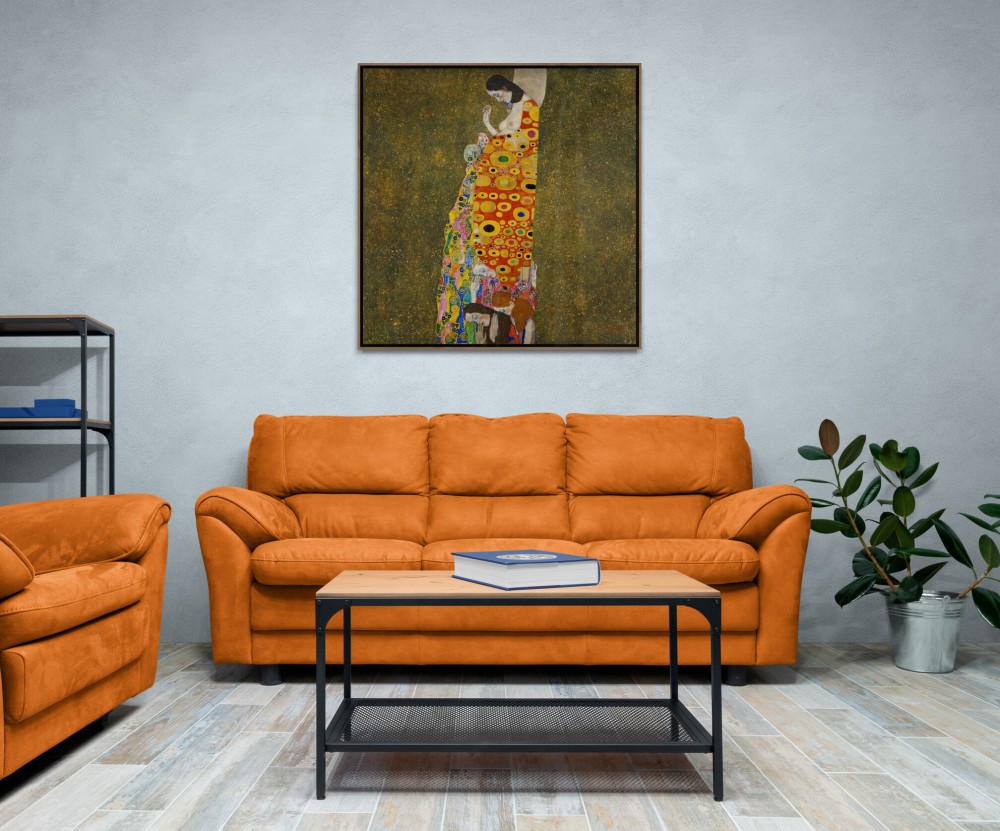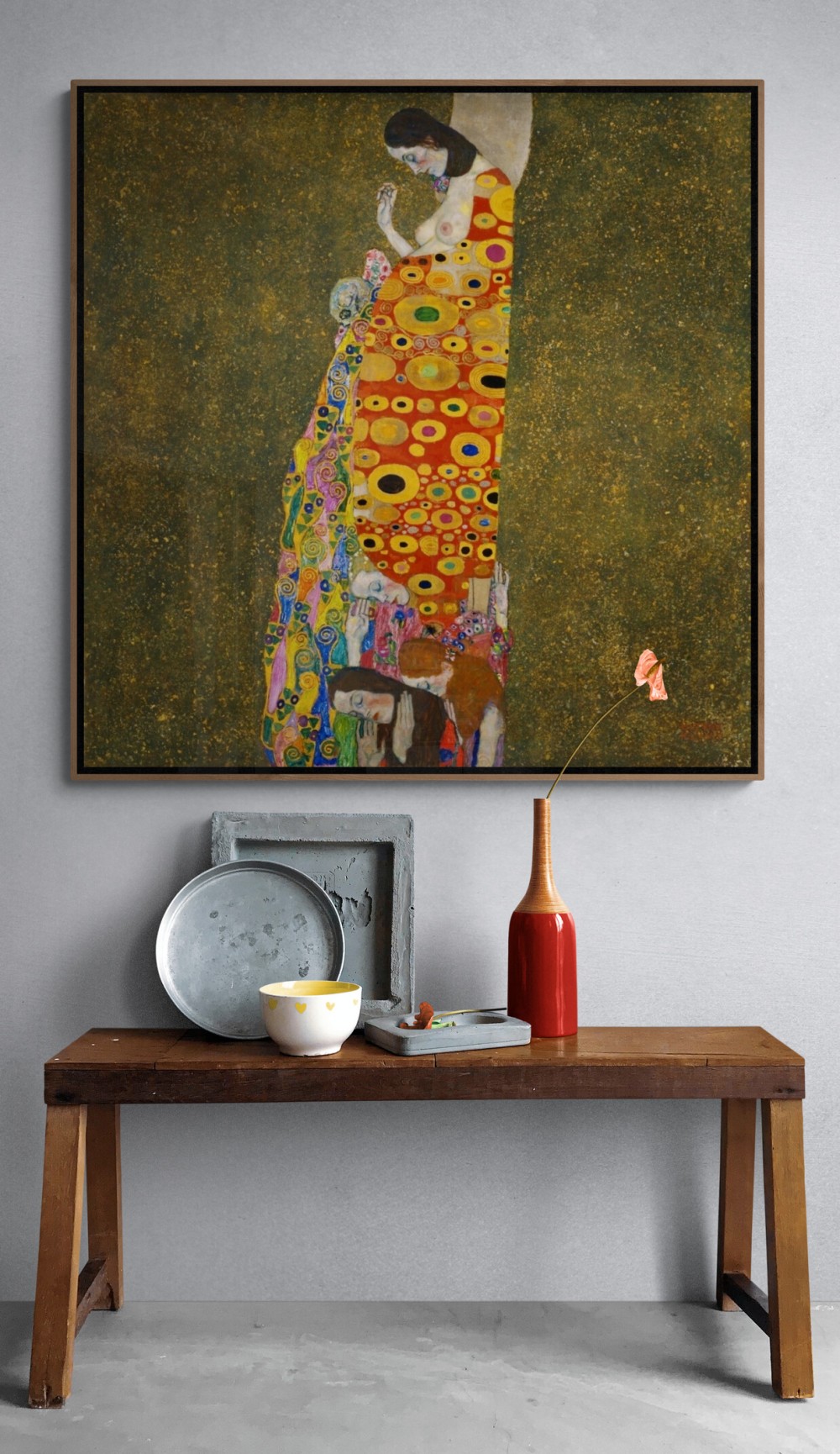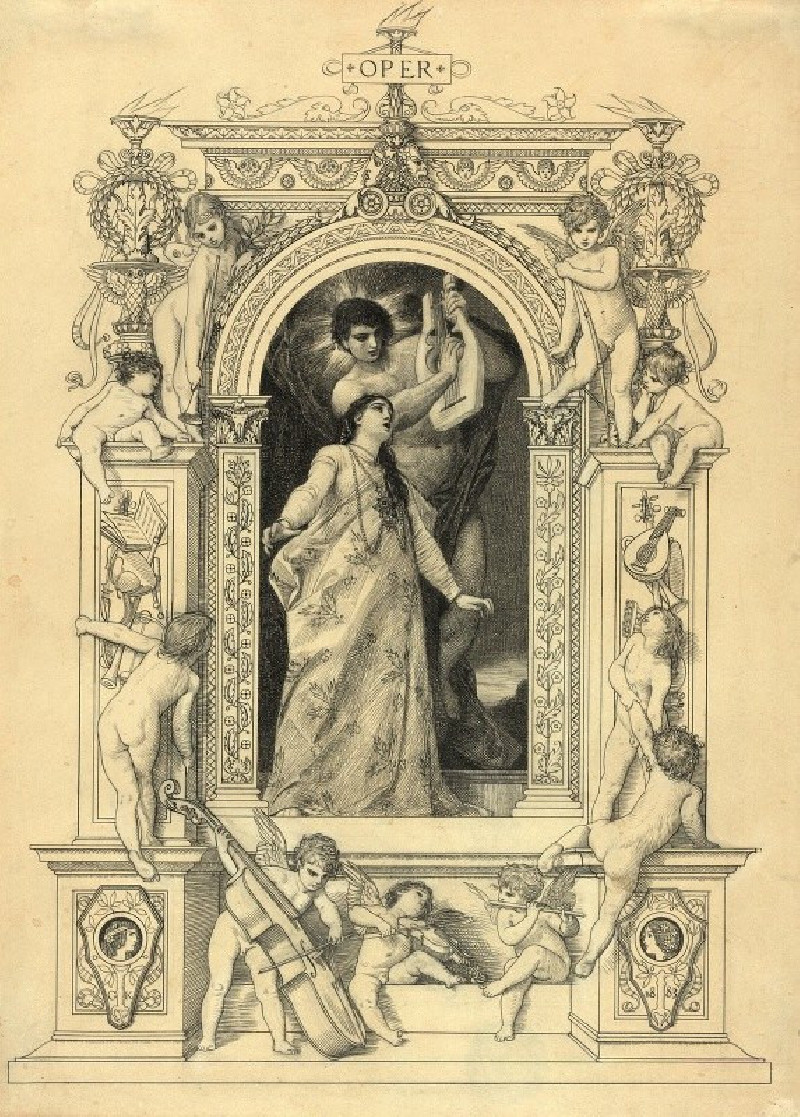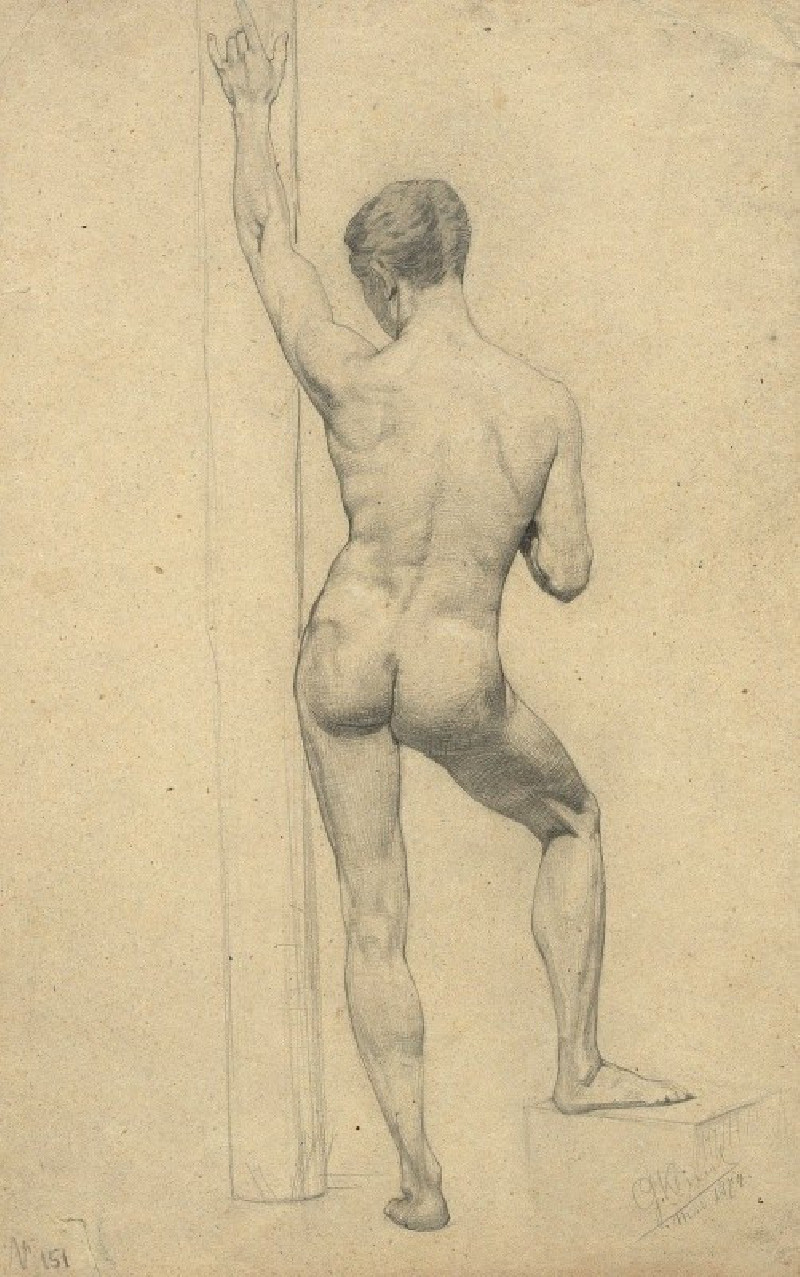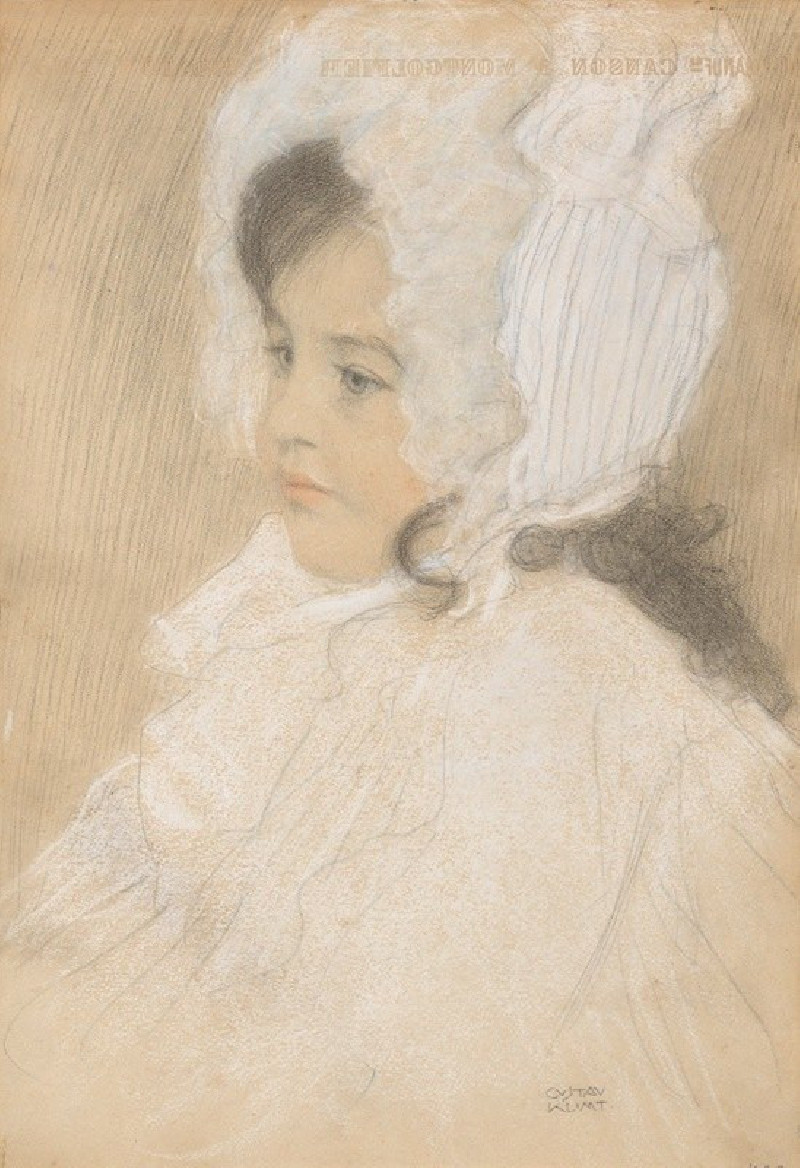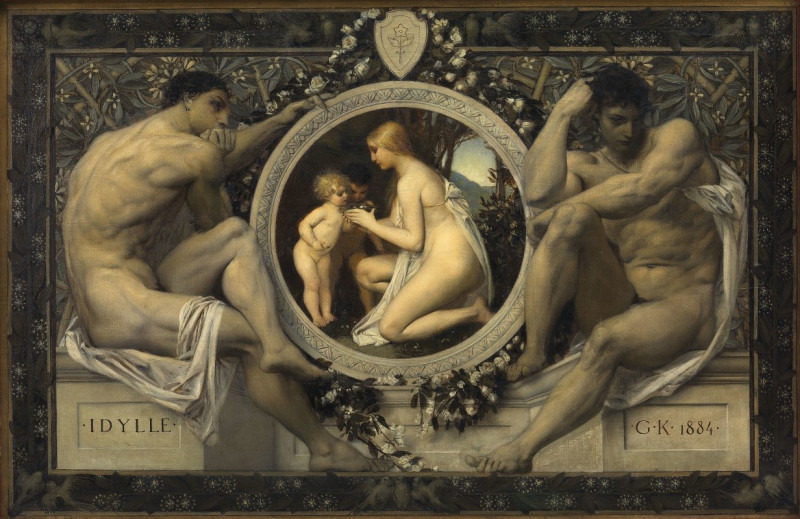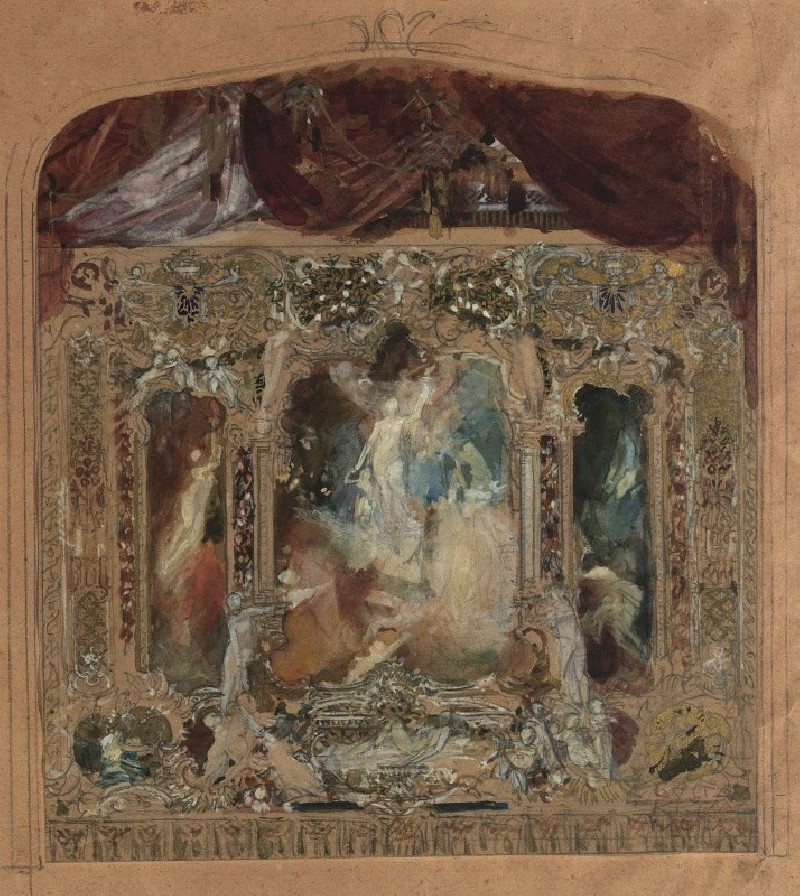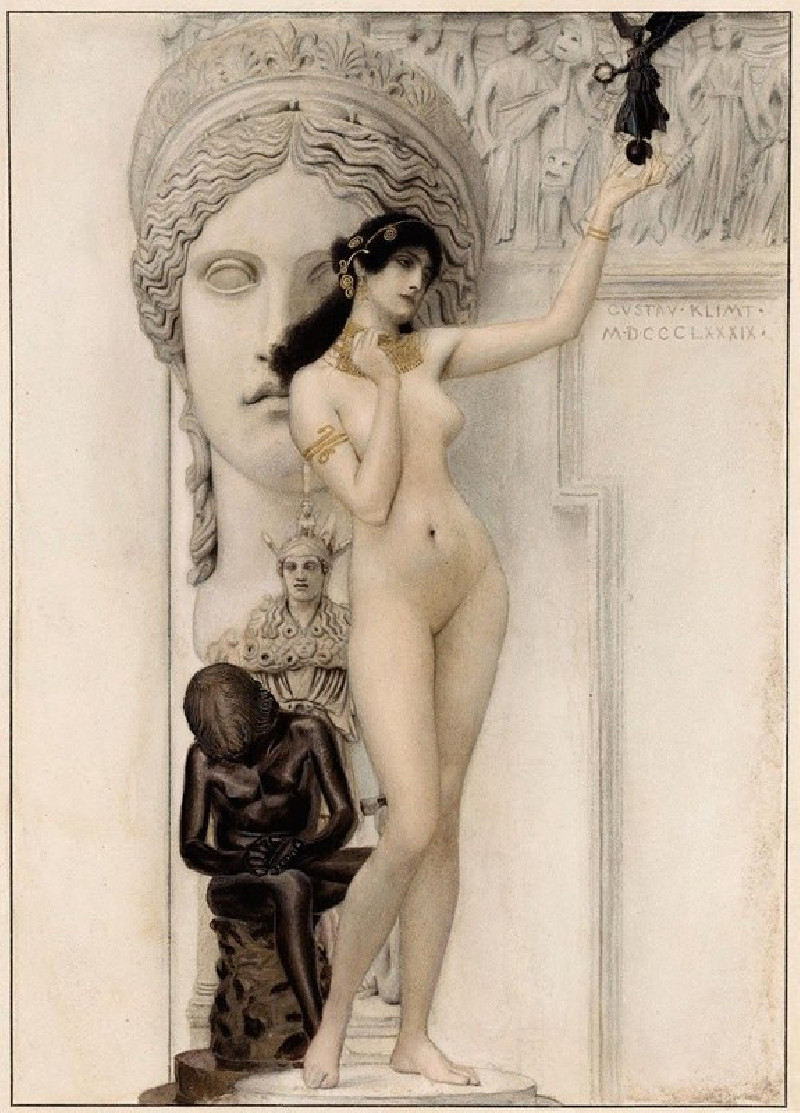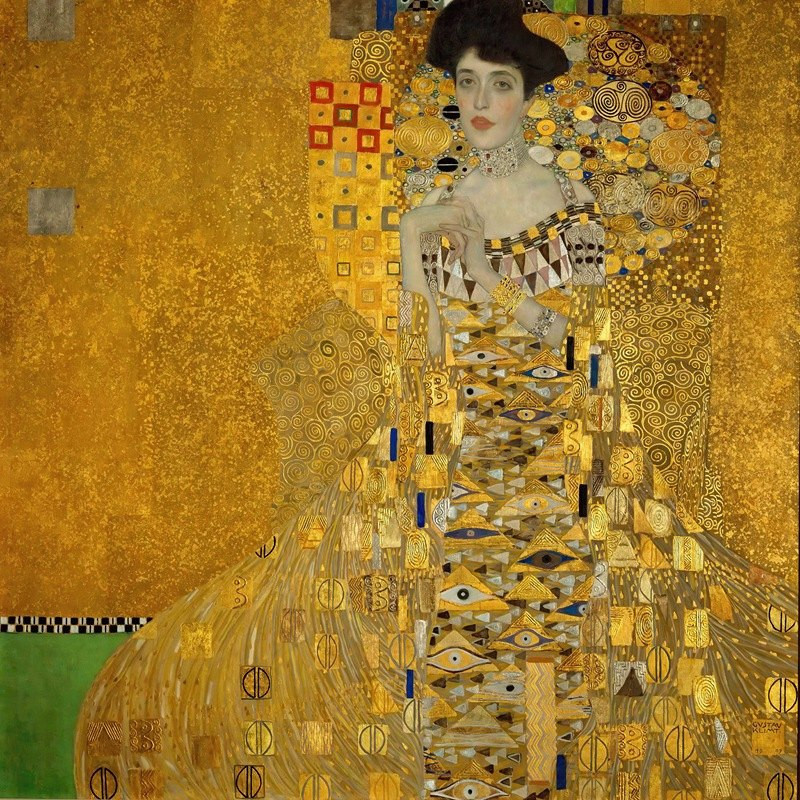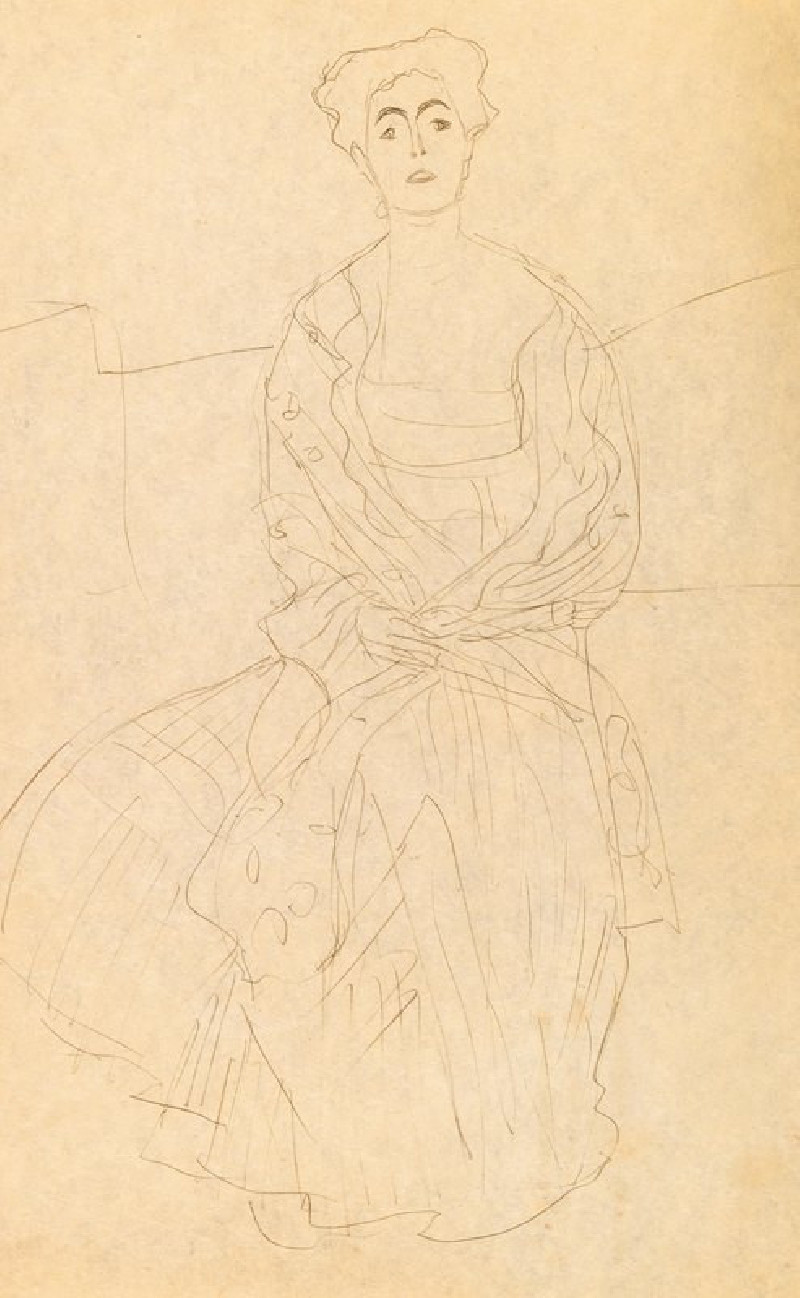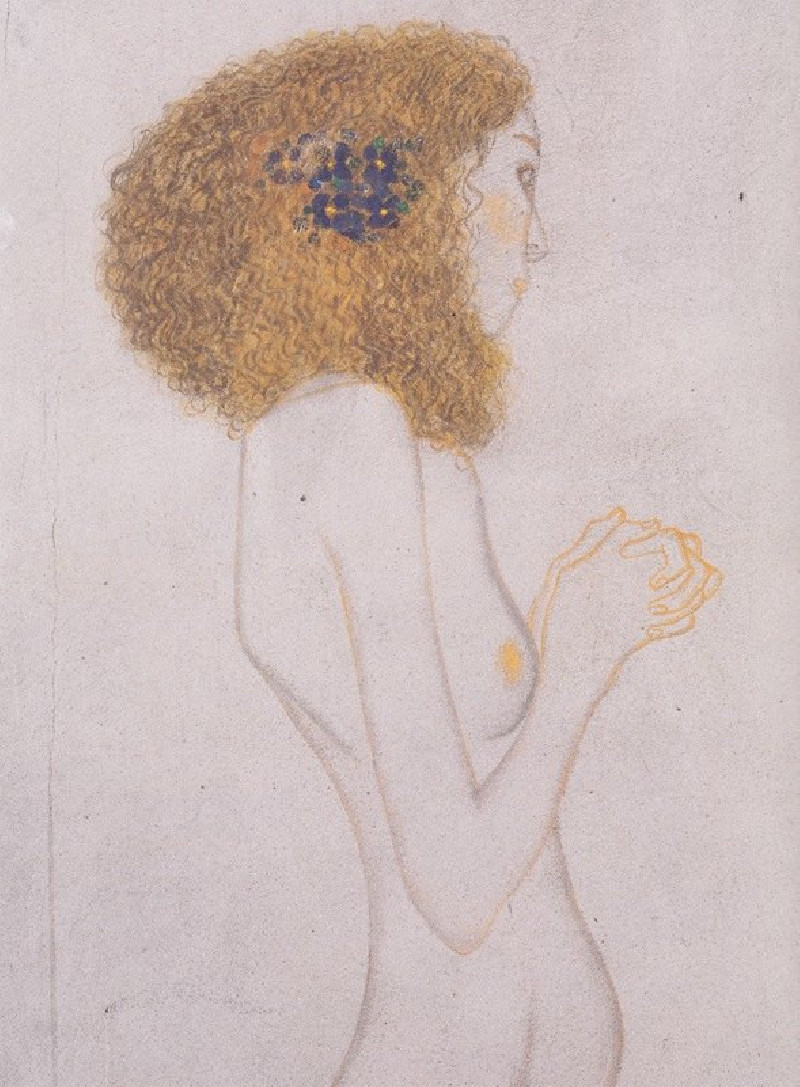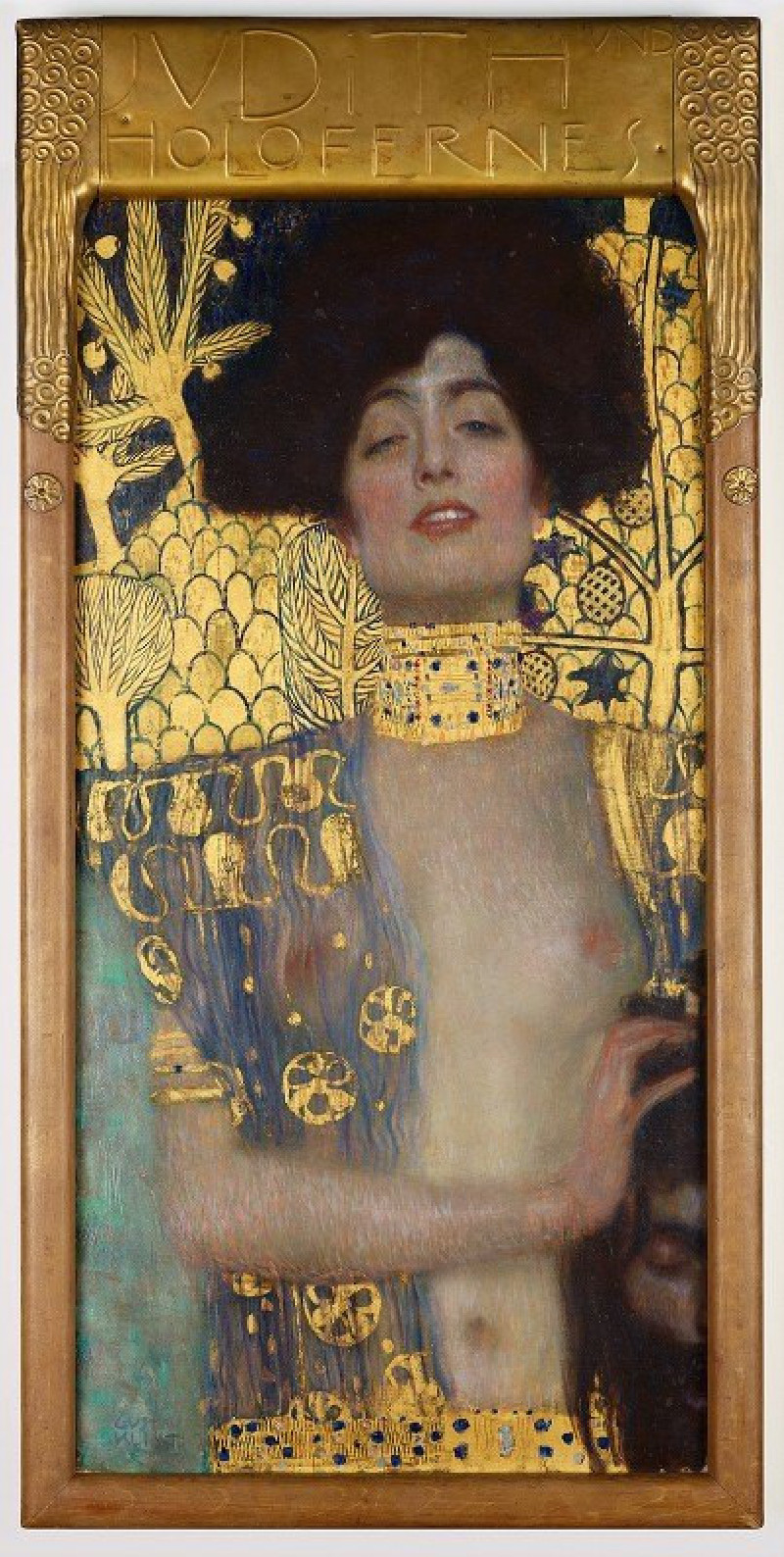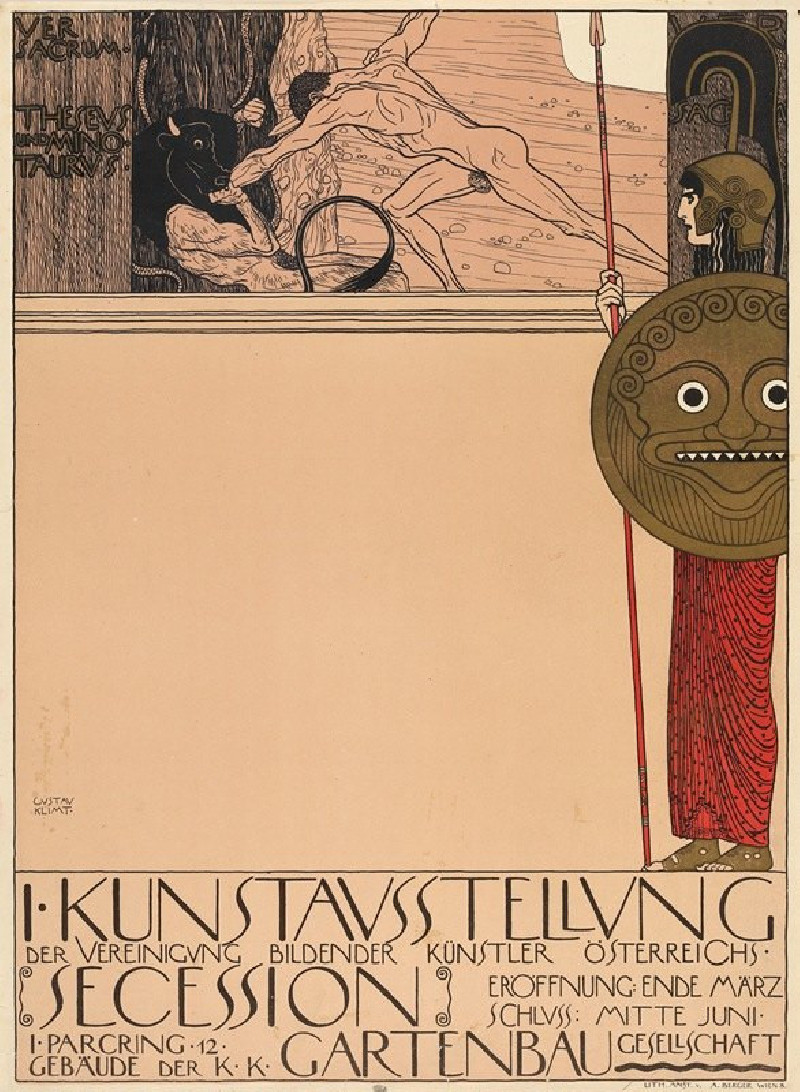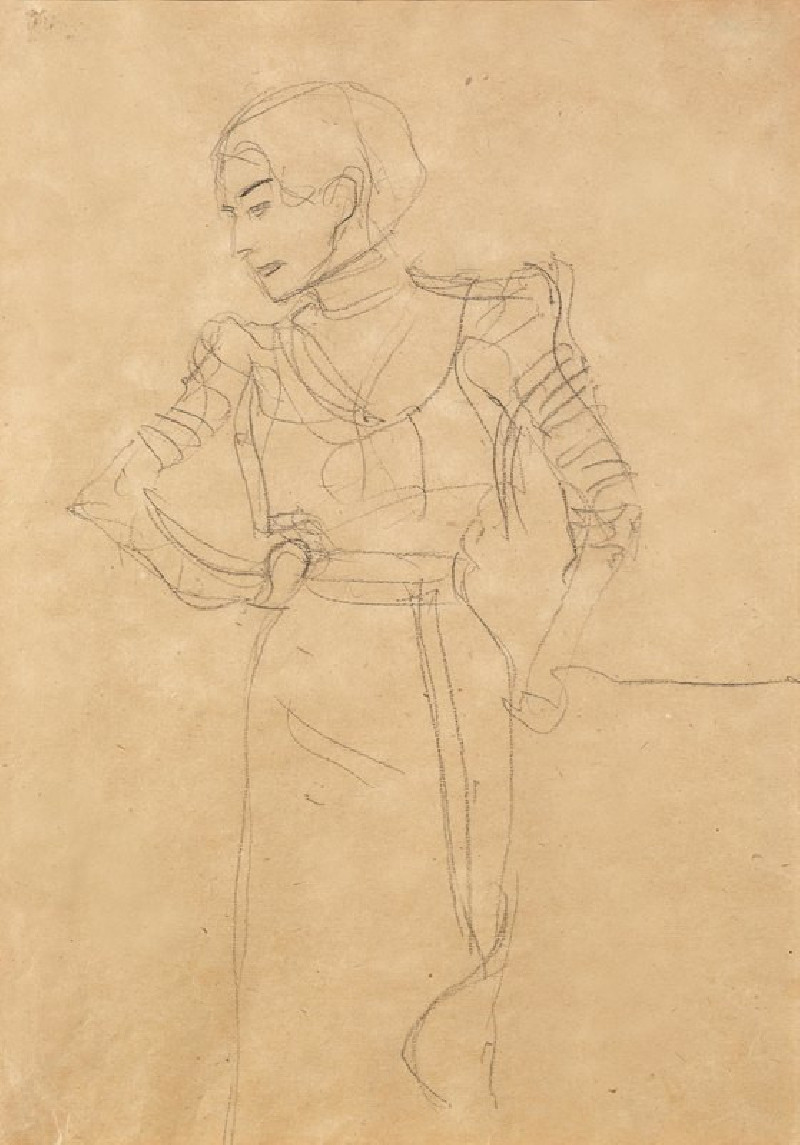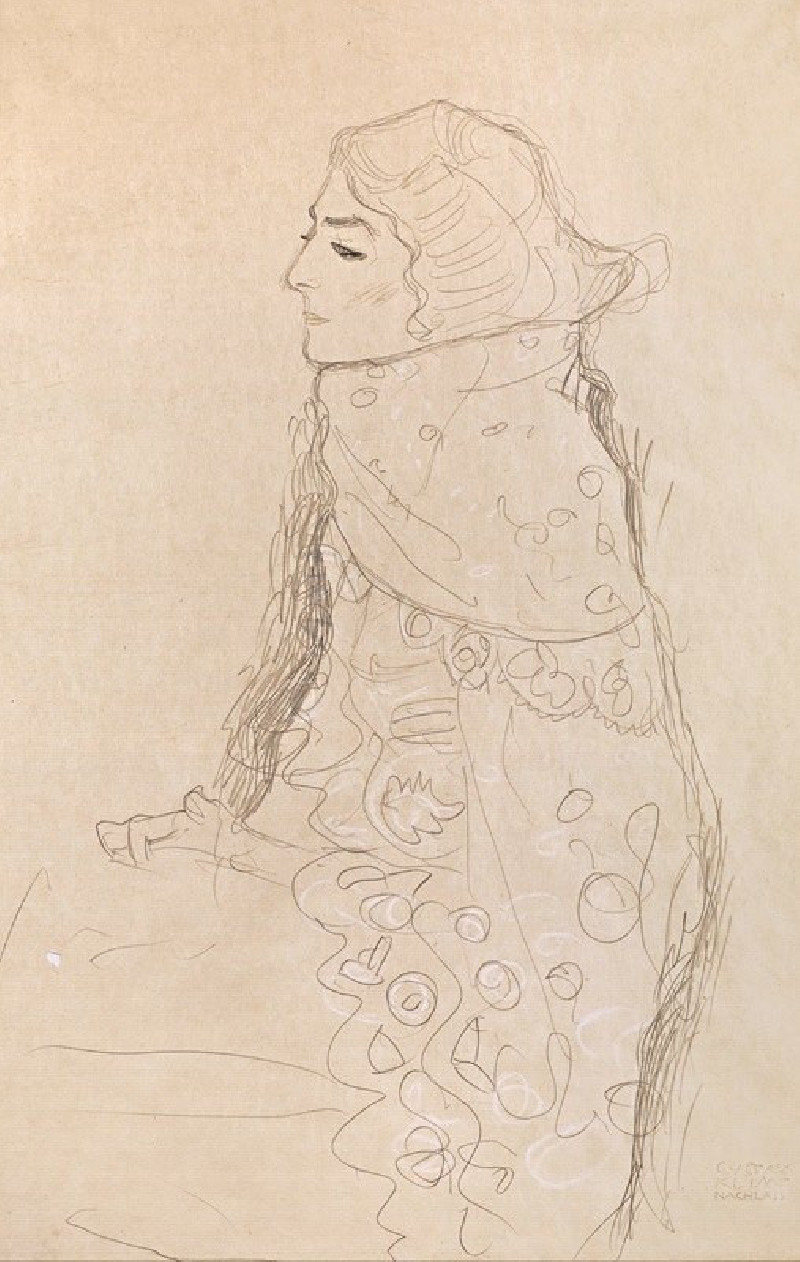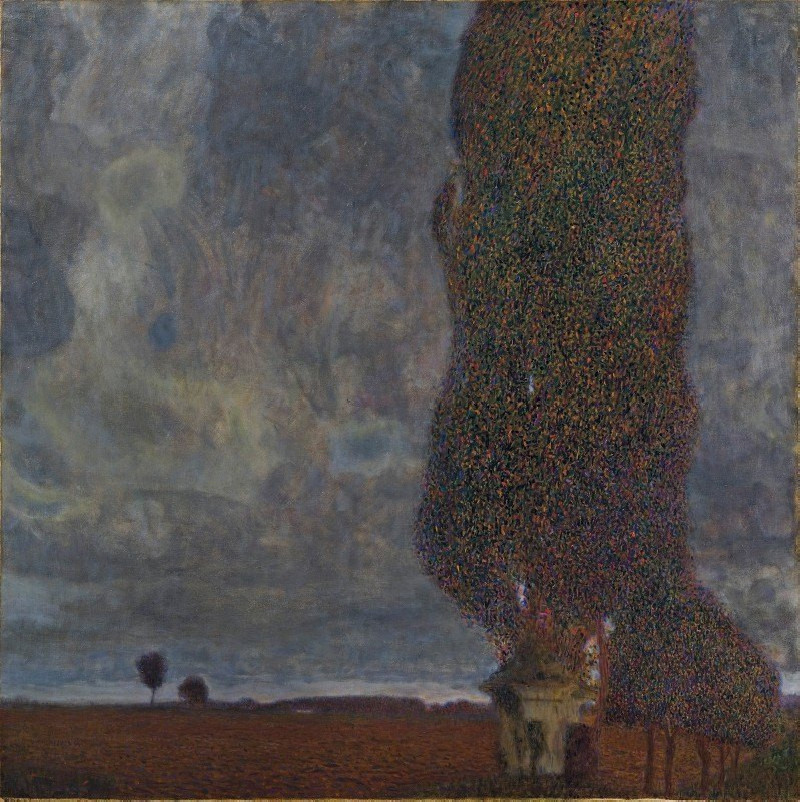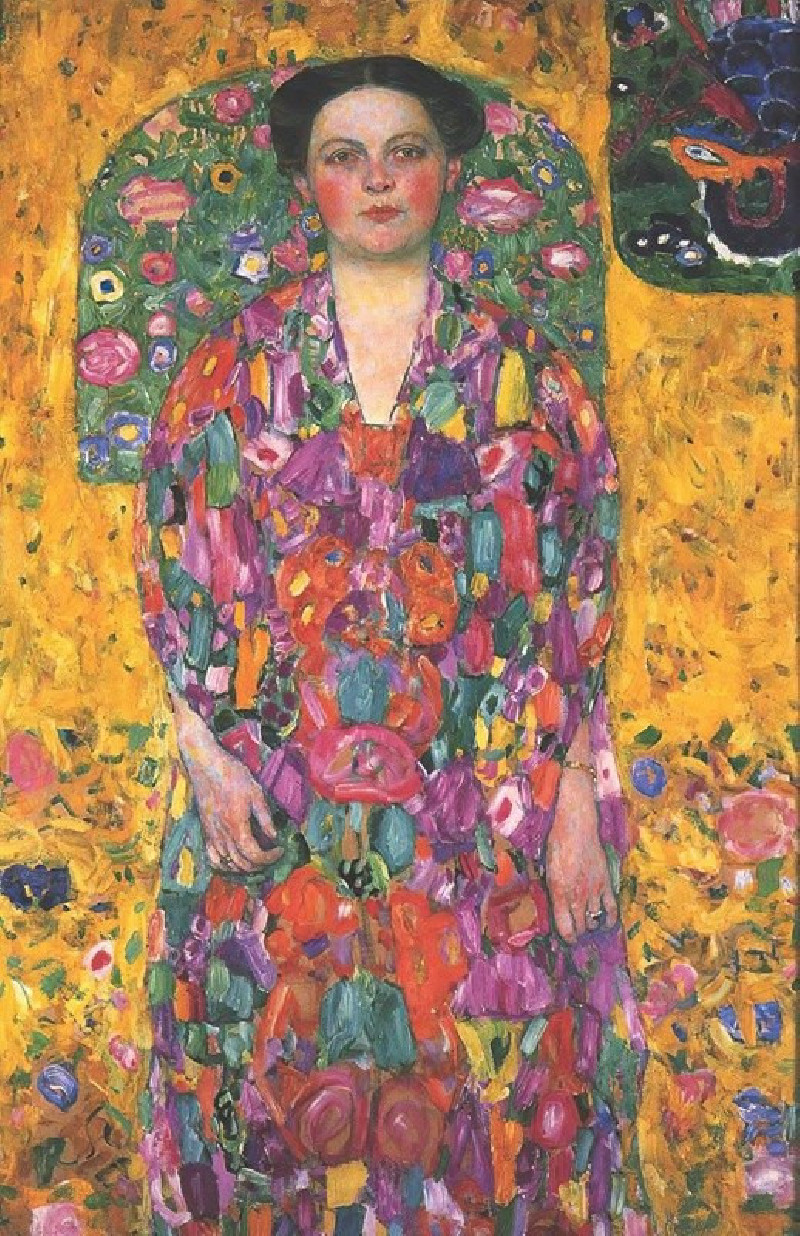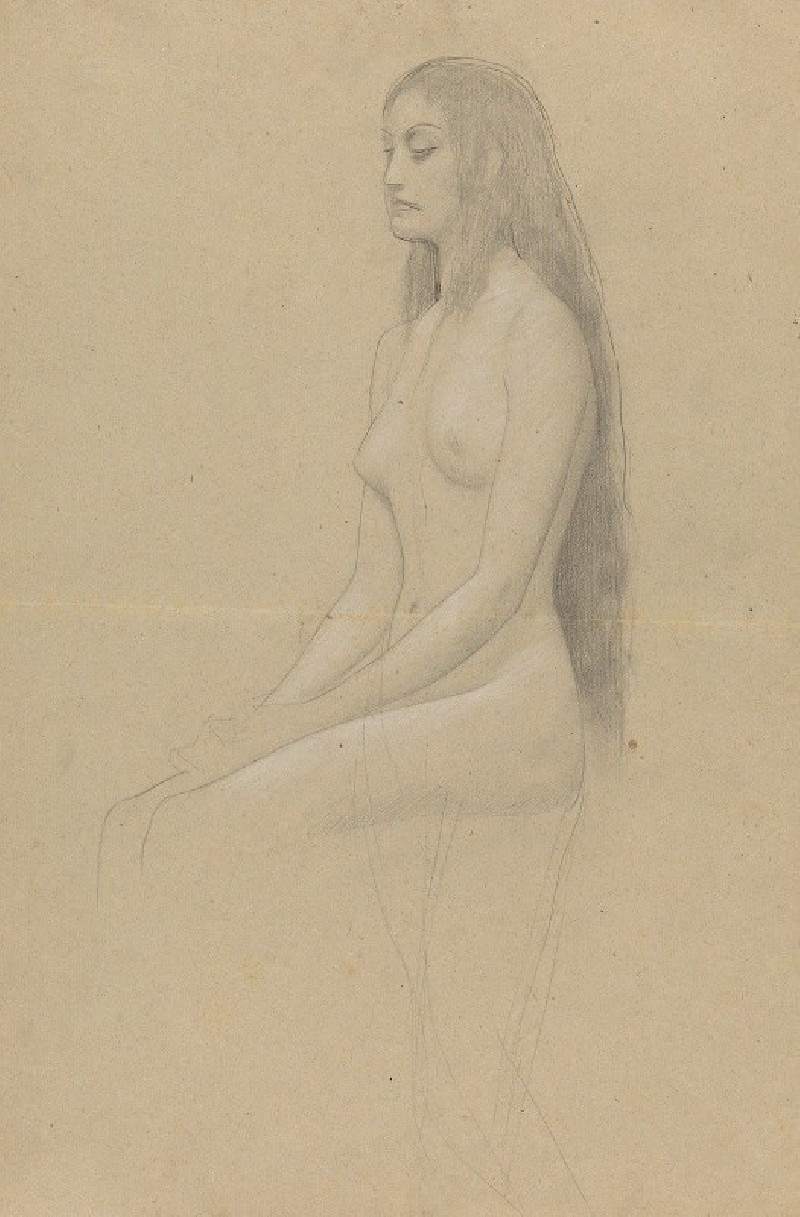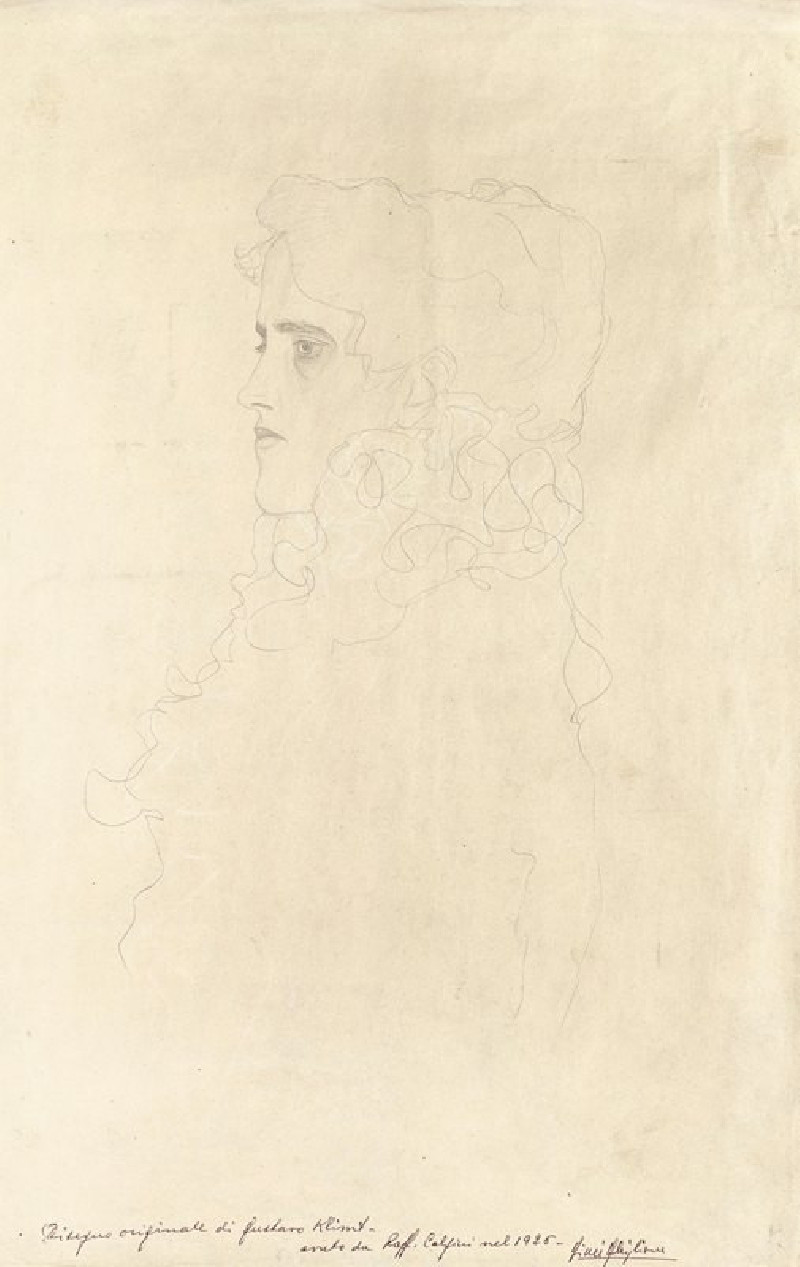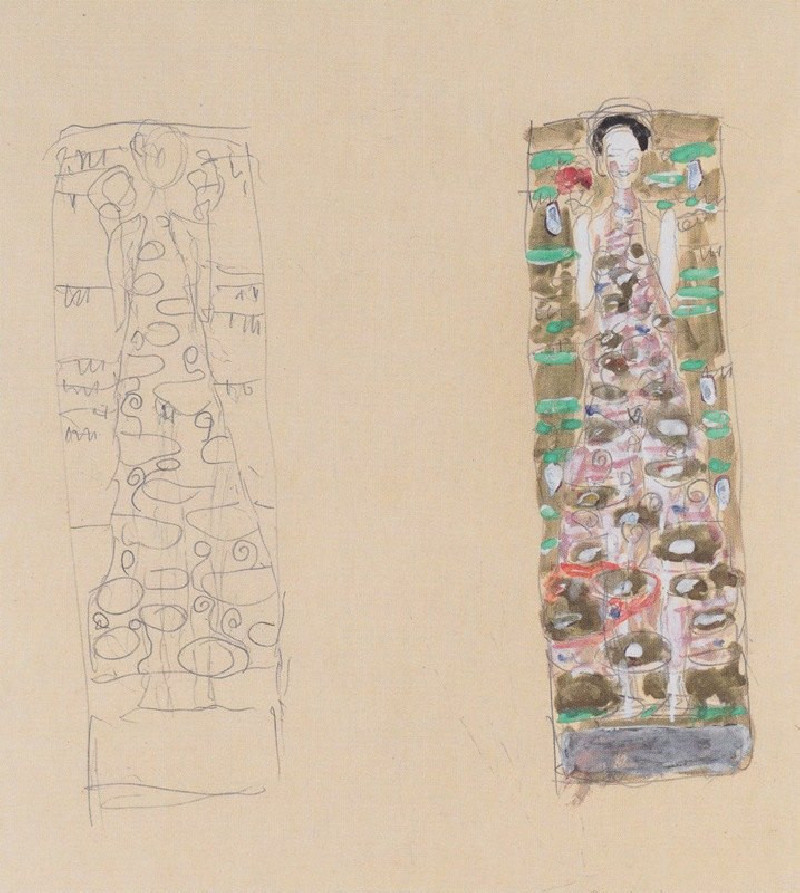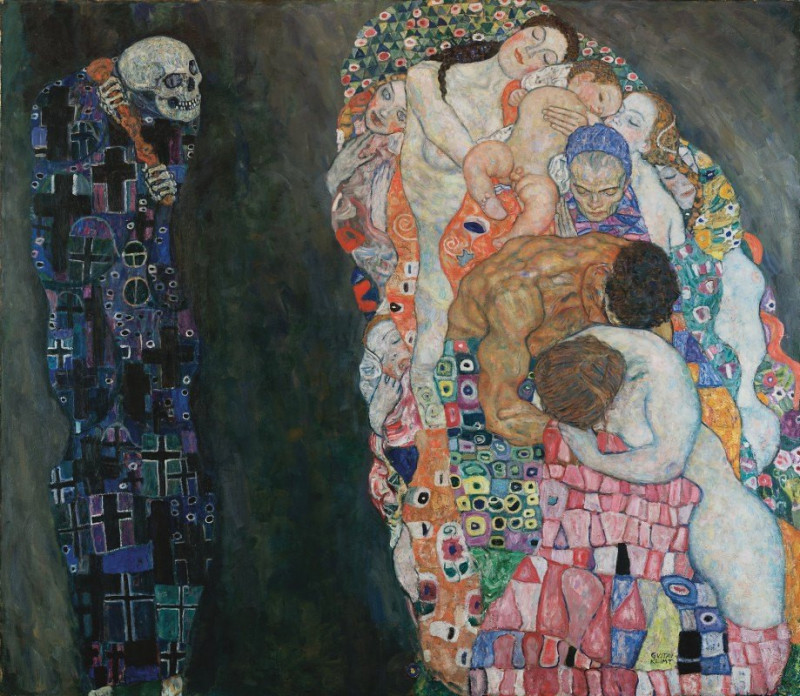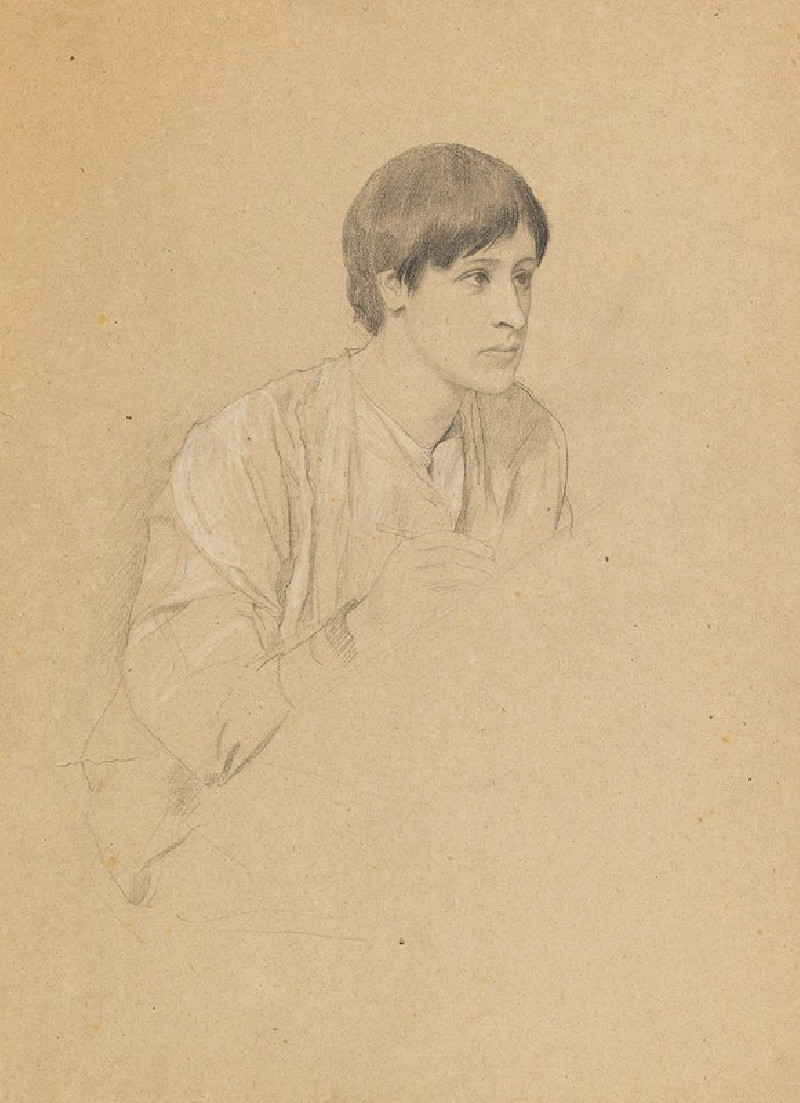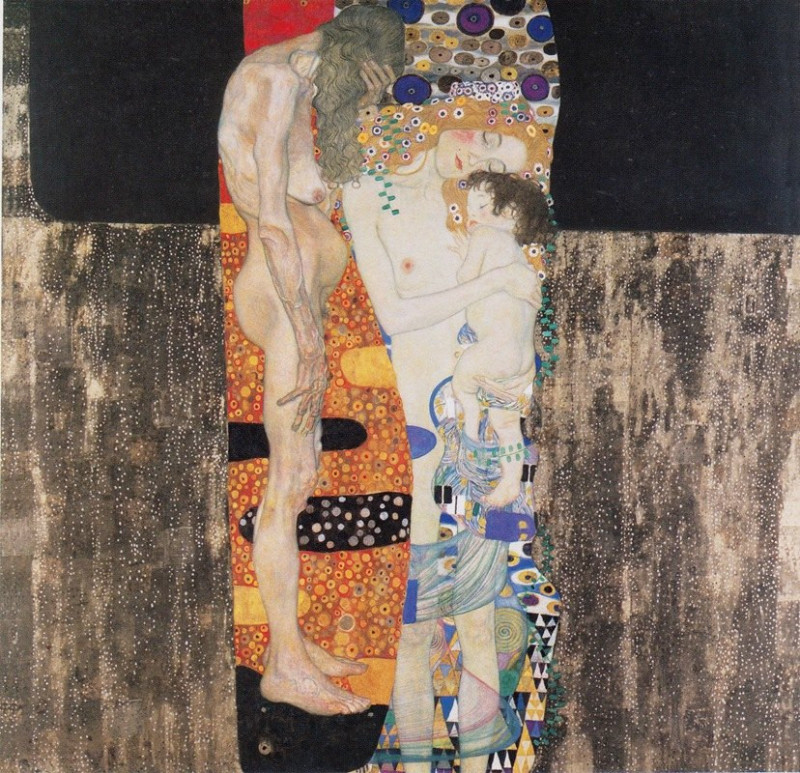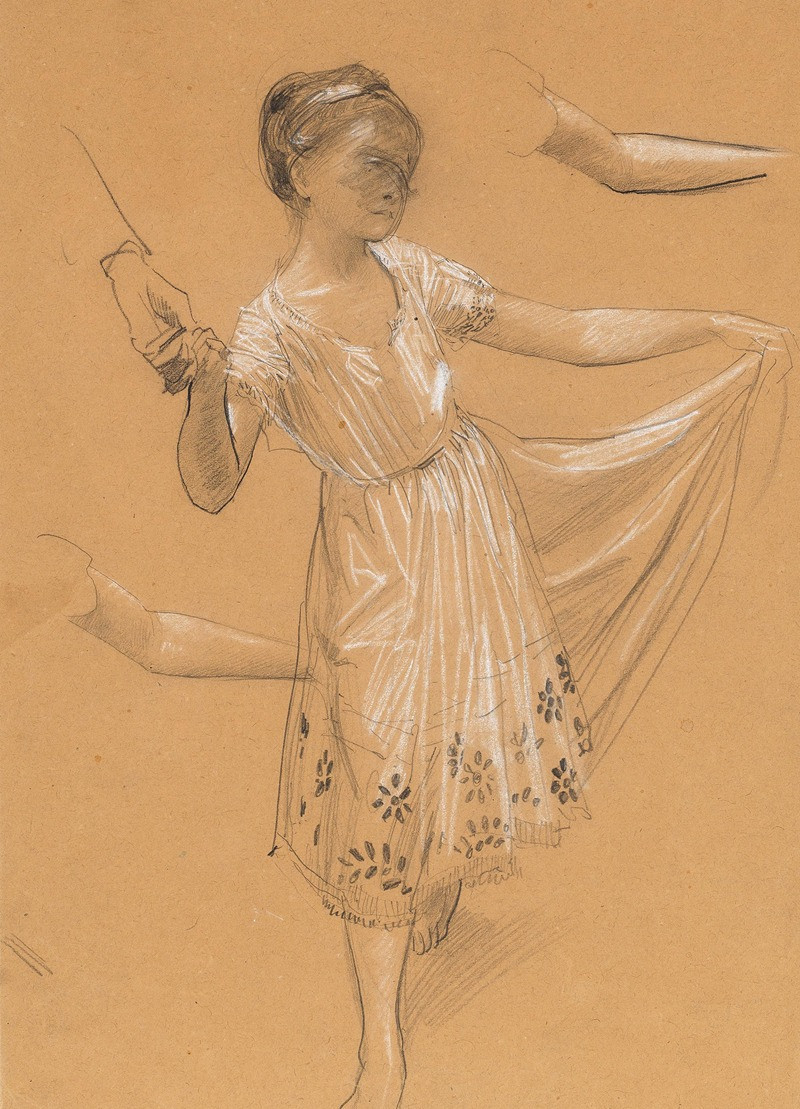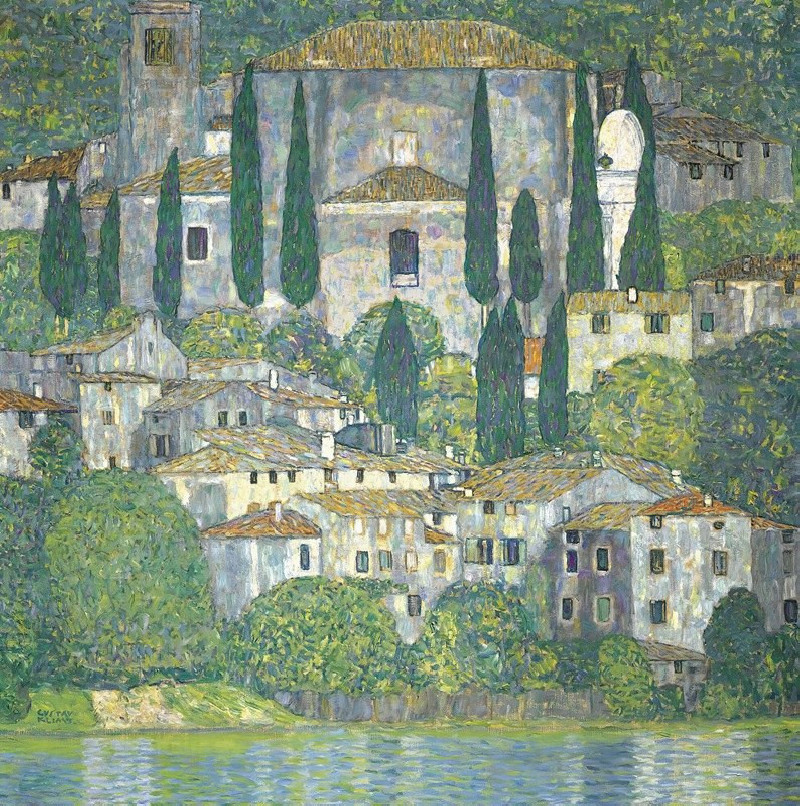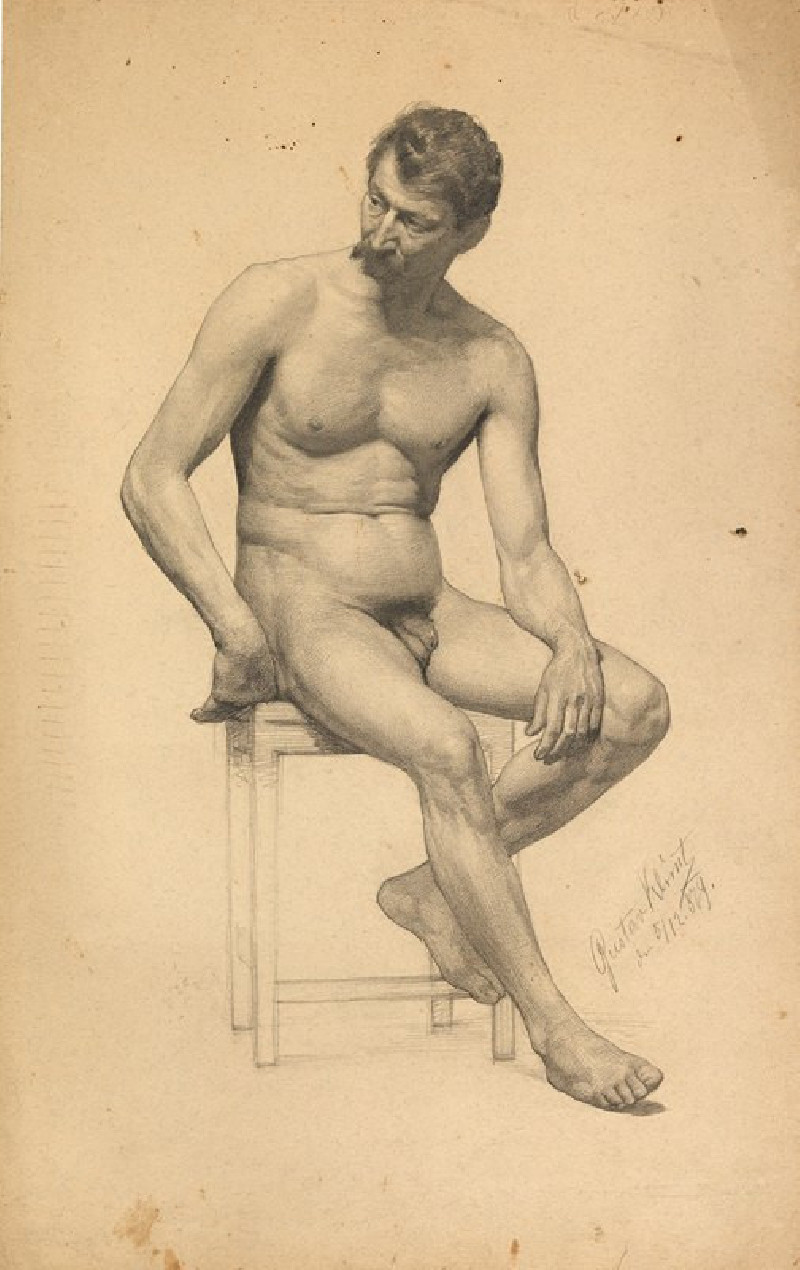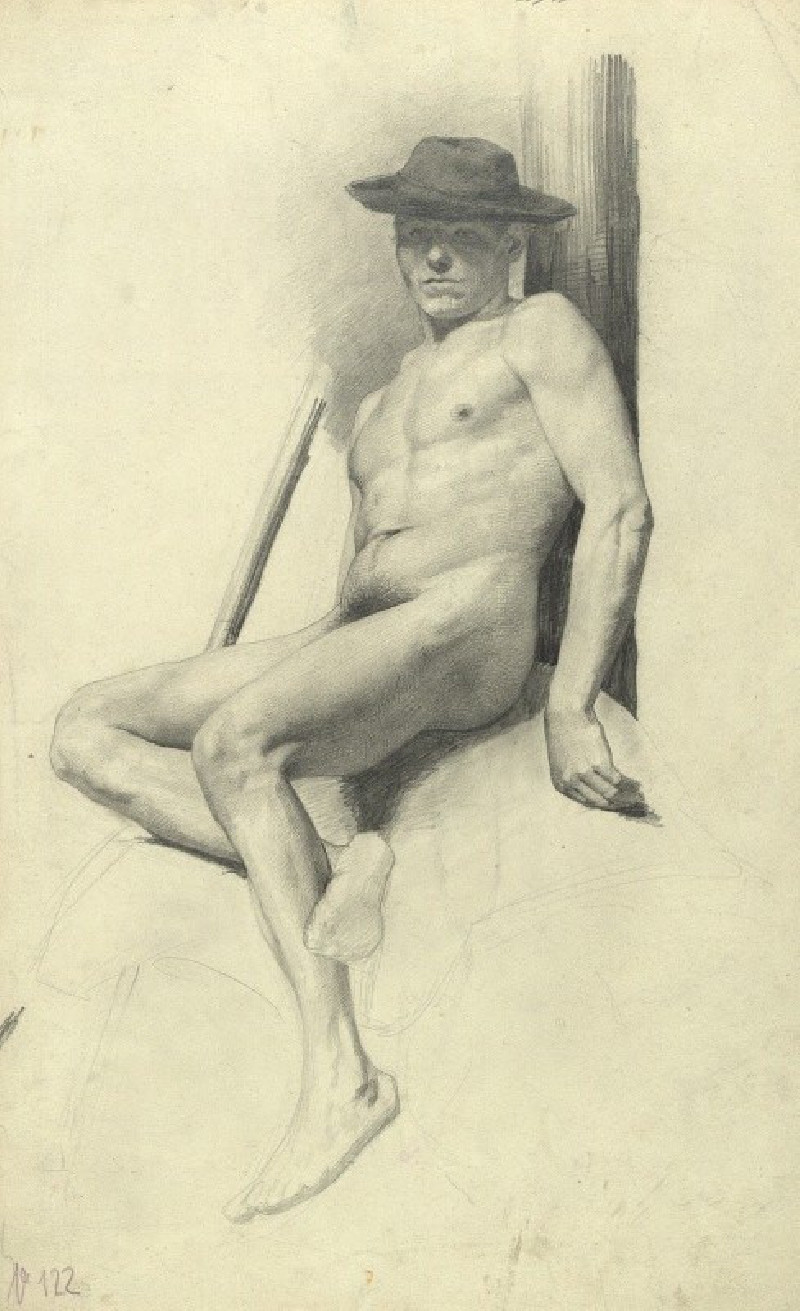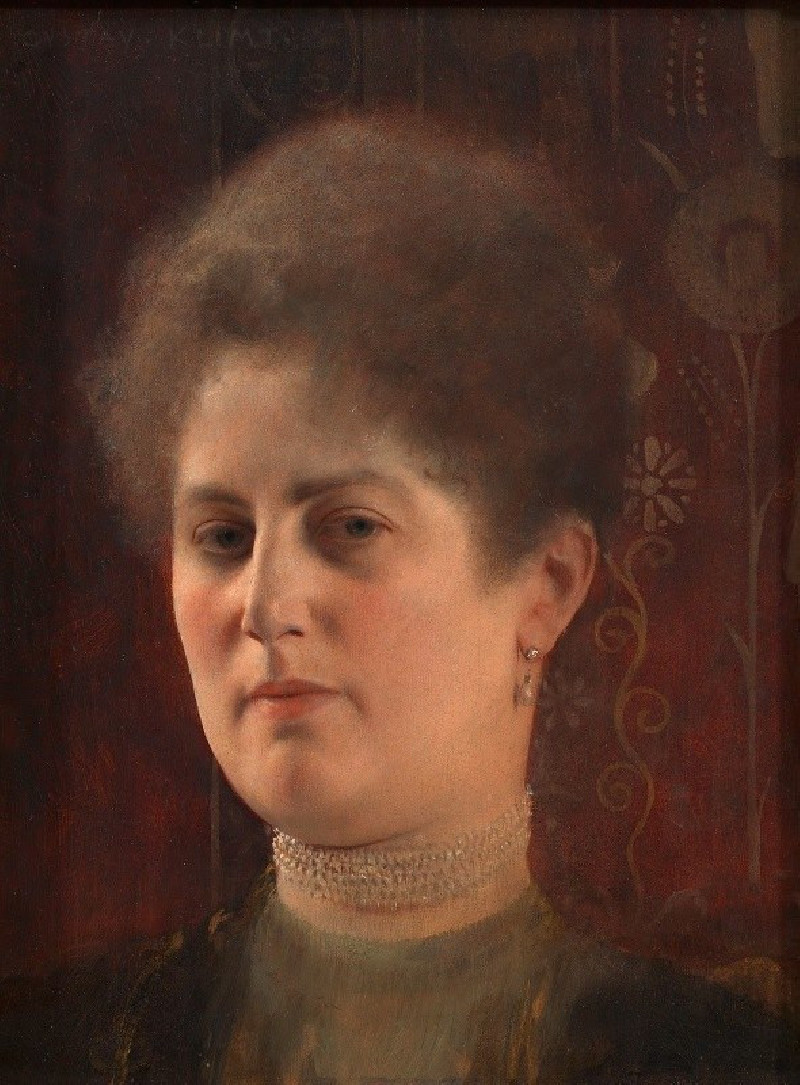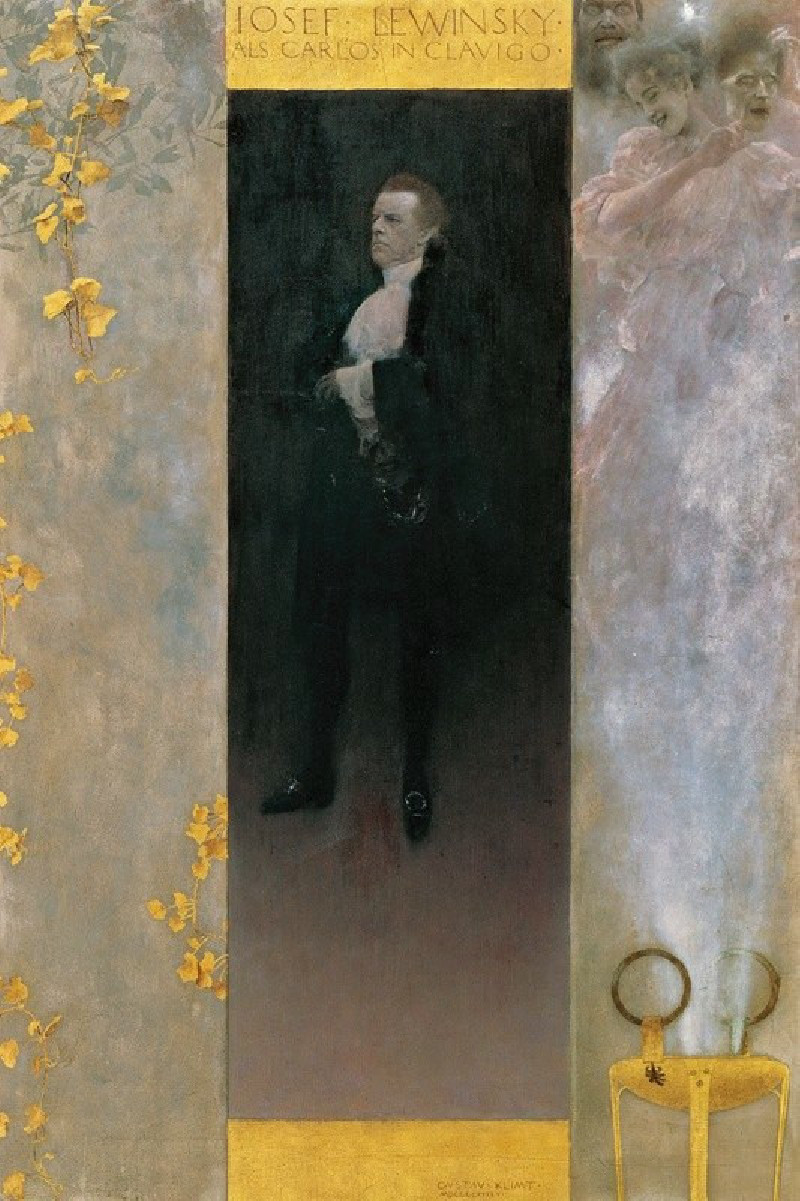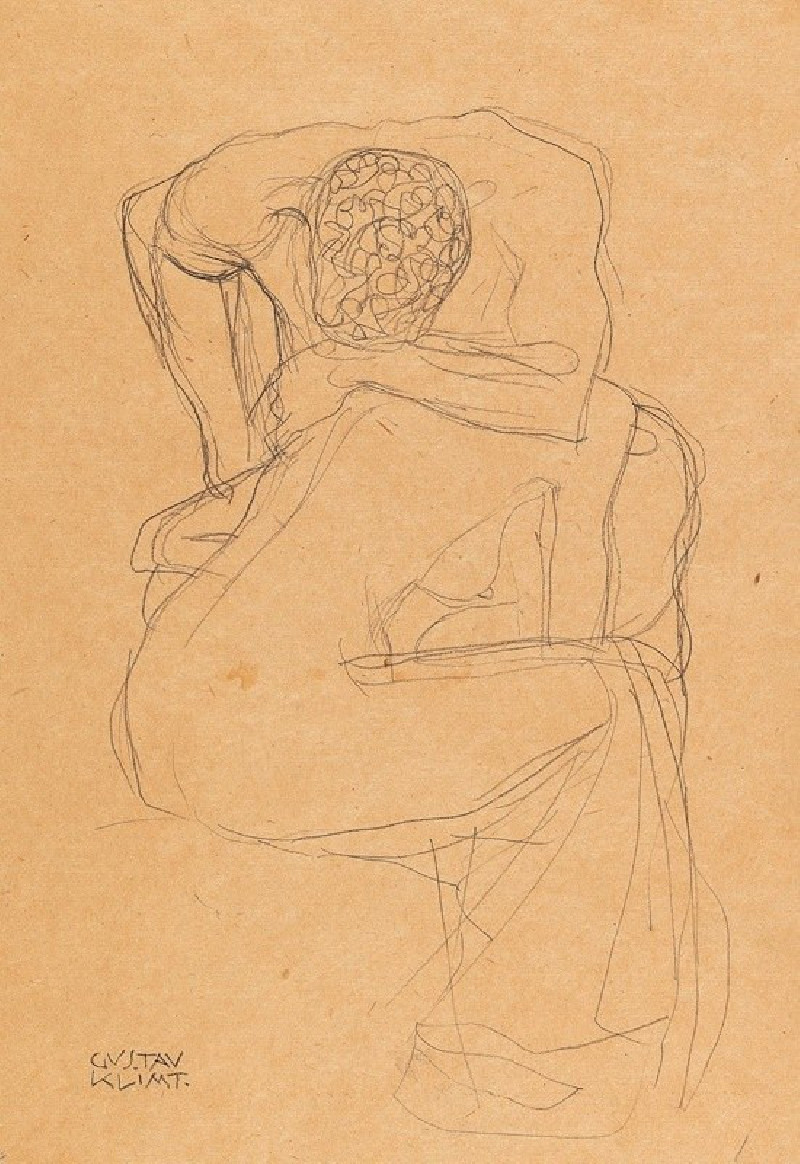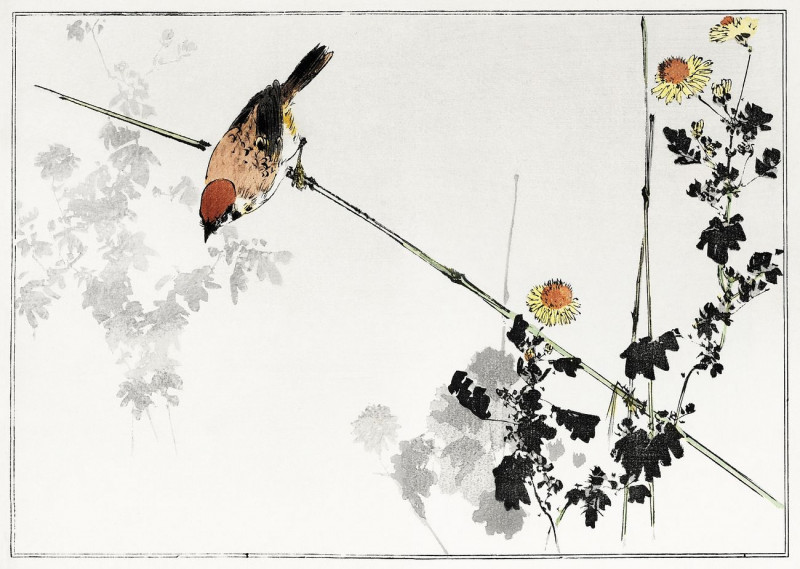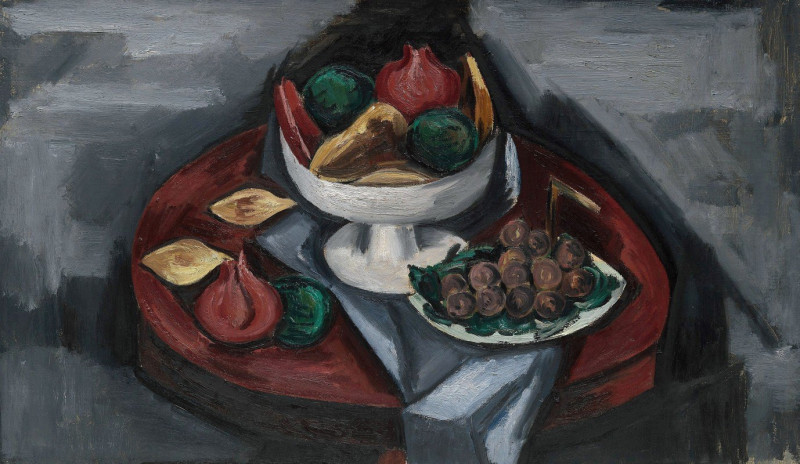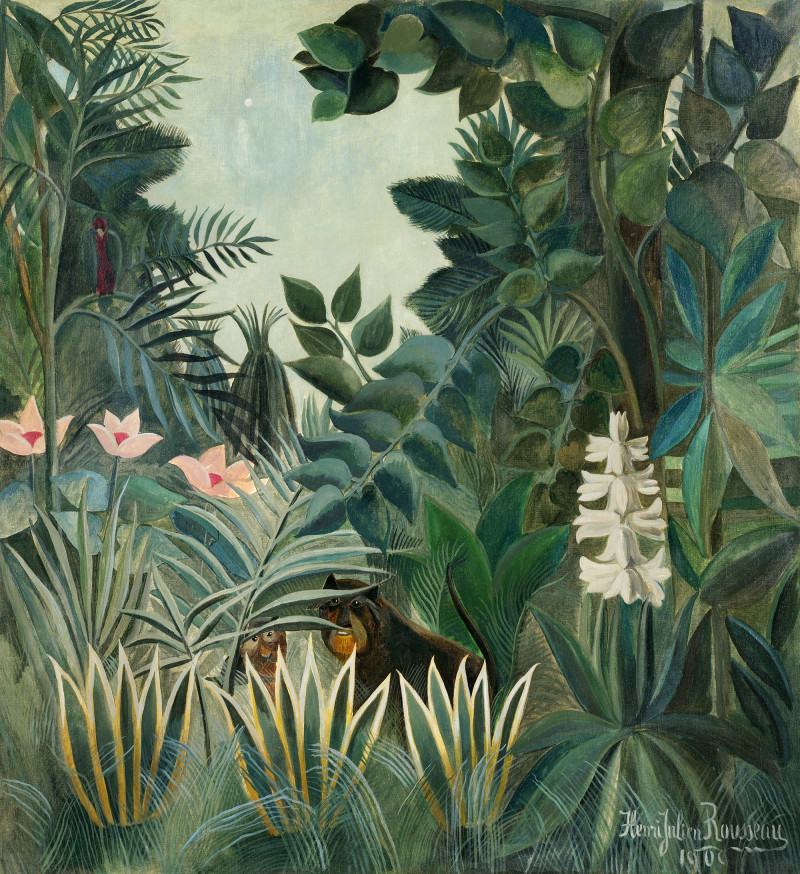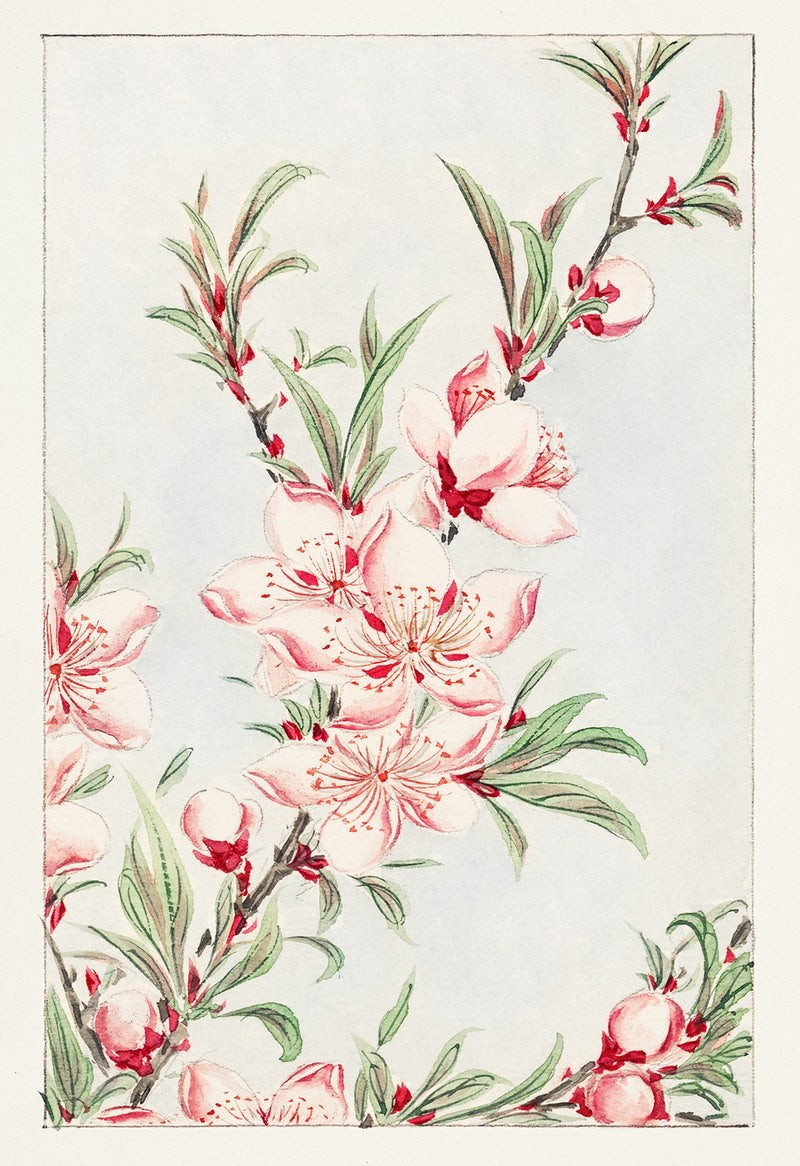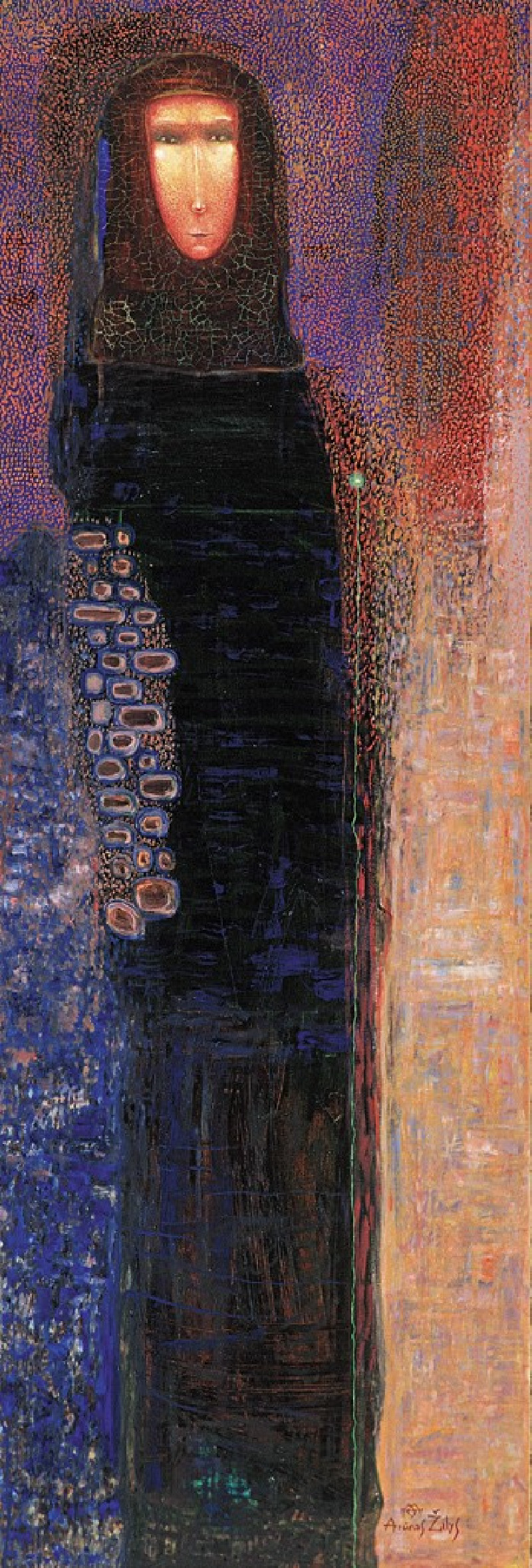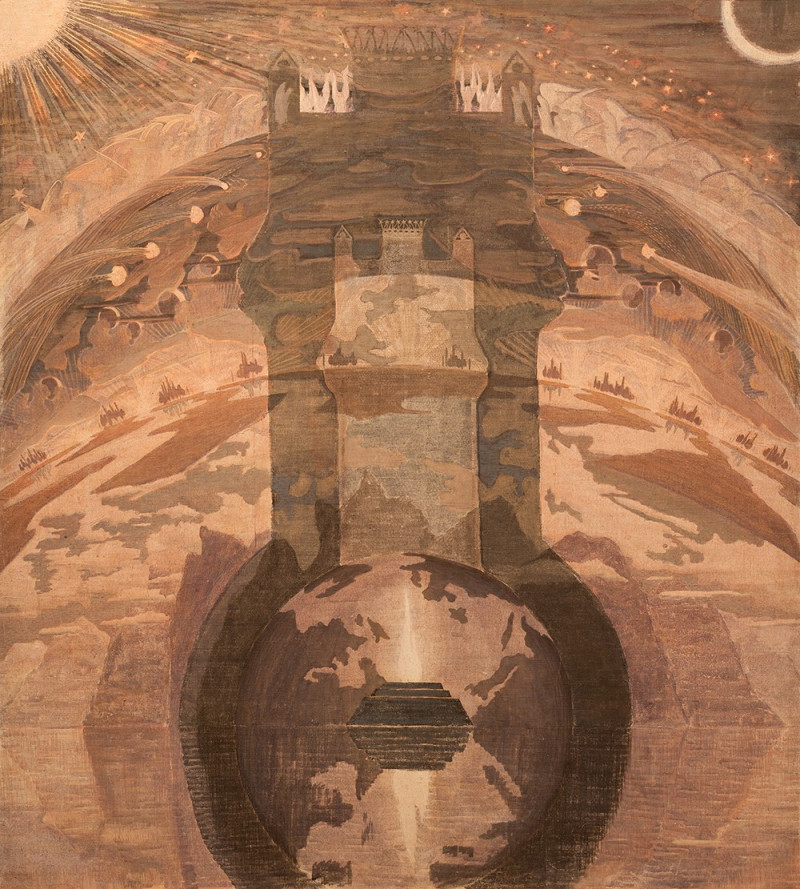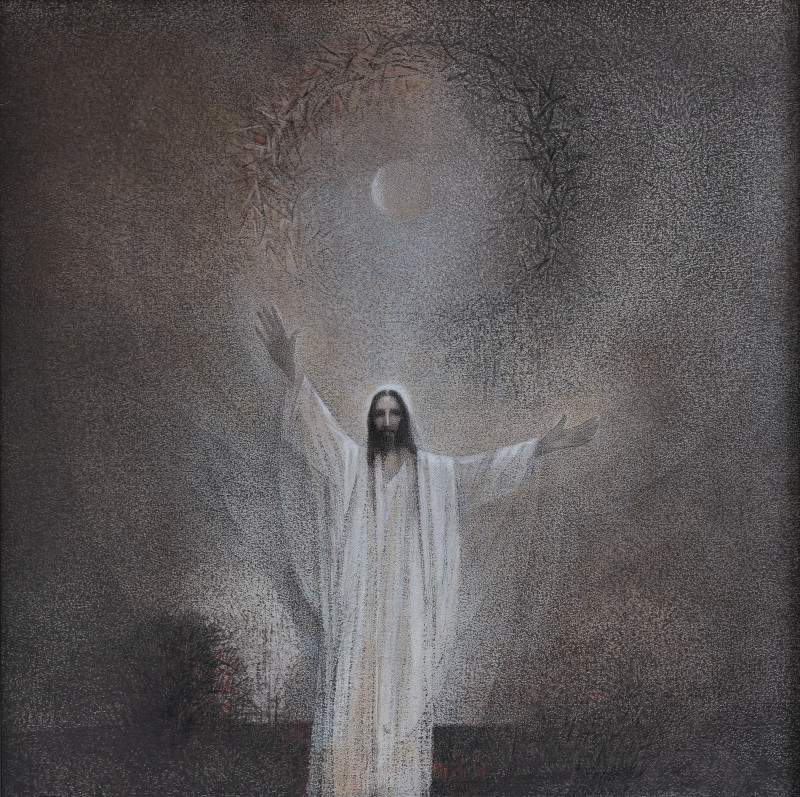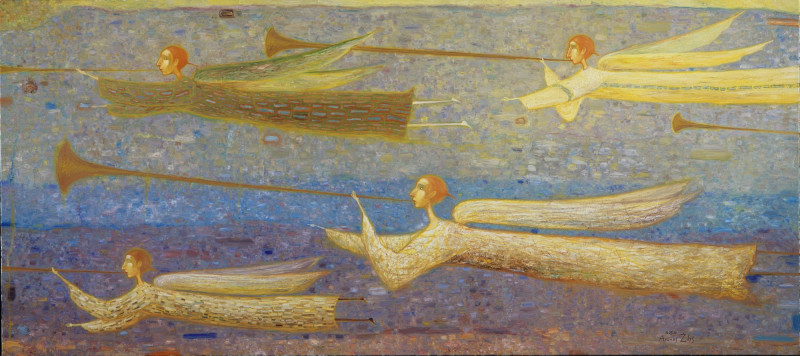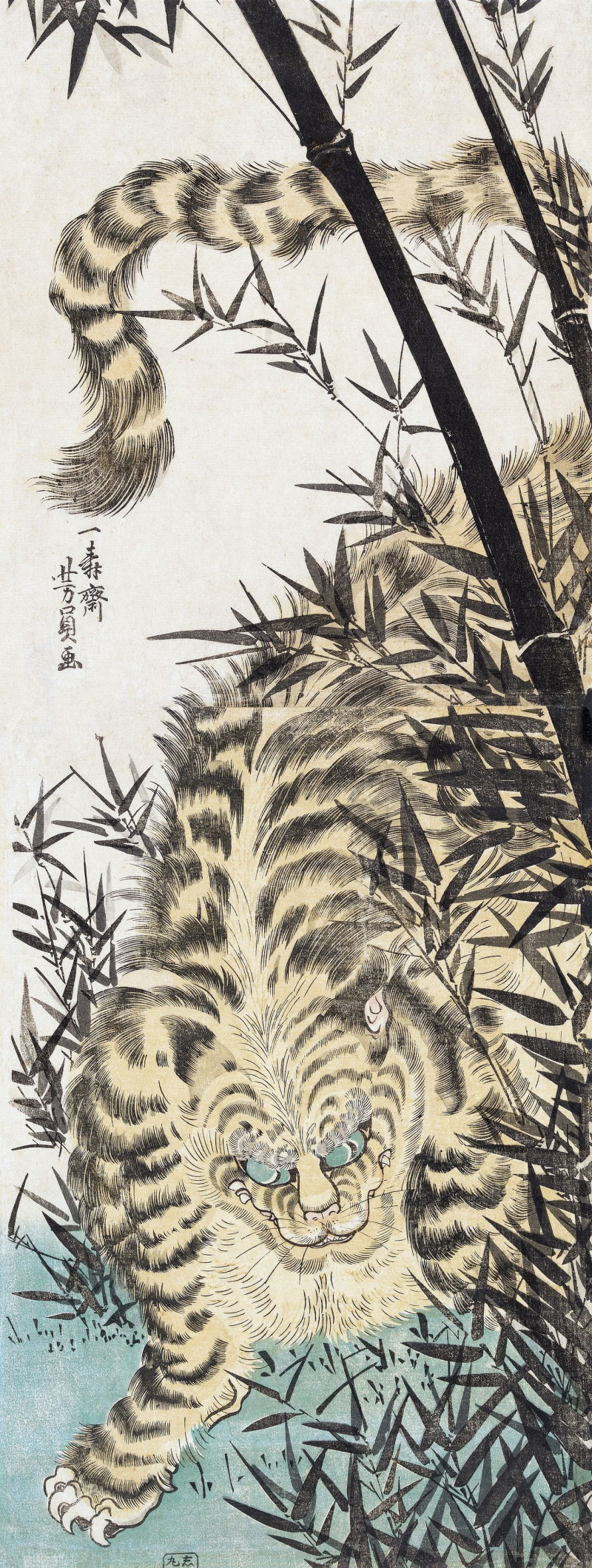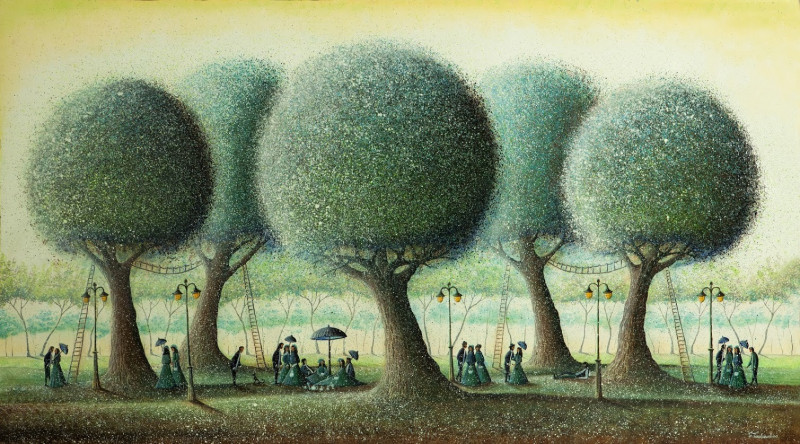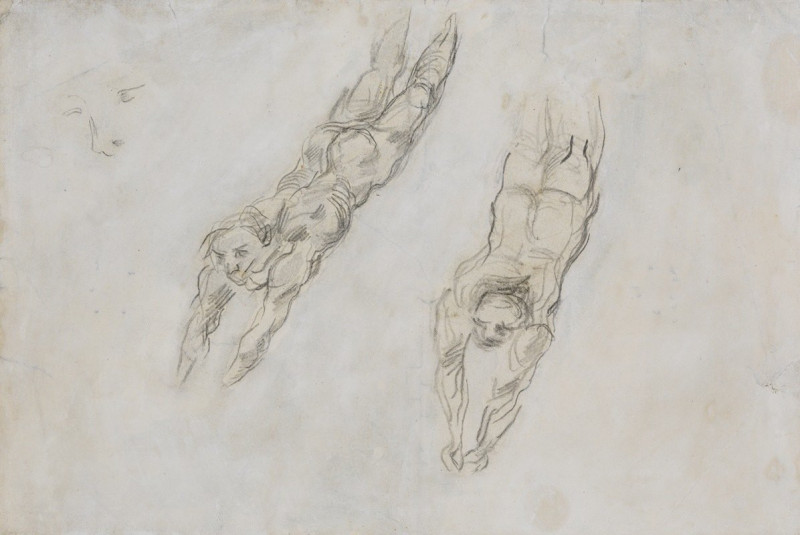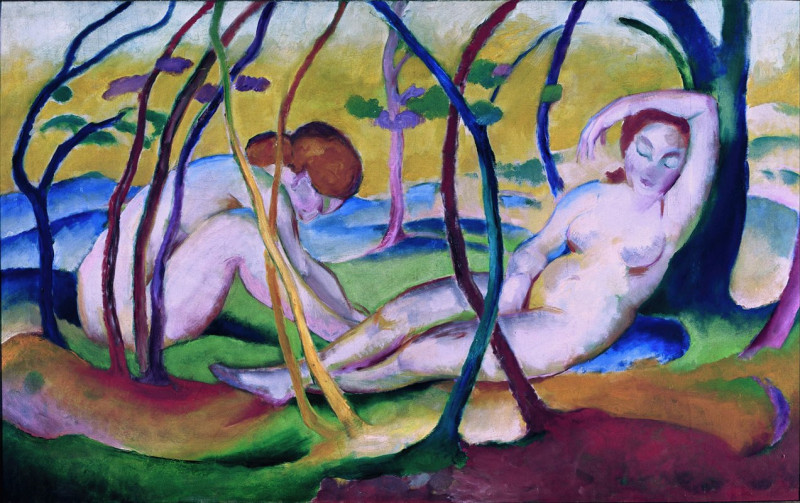Hope II
Technique: Giclée quality print
Recommended by our customers
More about this artwork
In Hope II, a woman with long dark hair, her head bowed, is garbed in a richly ornamented robe that flows in elaborate, colorful patterns, featuring predominantly circular and swirling forms in a wide array of hues, such as gold, deep orange, green, and violet accents. This kaleidoscopic robe dominates much of the composition, with the woman’s posture gentle yet filled with a silent introspection. Around her neck, she wears a choker decorated with similar colorful motifs. Her hands lie delicately over her visibly pregnant belly, emphasizing themes of anticipation and maternity. The background contrasts this vibrant and detailed figure with its somber, textured, gold-leaf simplicity that fills the rest of the space around her.
Delivery
Returns
Picture in the interior
Technique
Giclée quality print
Short description
Giclée quality print.
Gustav Klimt (1862–1918) was one of the greatest Austrian symbolist painters of the Art Nouveau era. Renowned as one of the most prominent founding members, and as a president of the Vienna Art Nouveau movement (Vienna Secession). His works were mainly paintings, murals, and sketches. Marked by his numerous erotic drawings, Klimt's primary subject were female figures, and at one point his work was even criticized as pornographic. Klimt found financial success in his "Golden Phase" with decorative techniques and the prominent use of gold leaf in his paintings.


